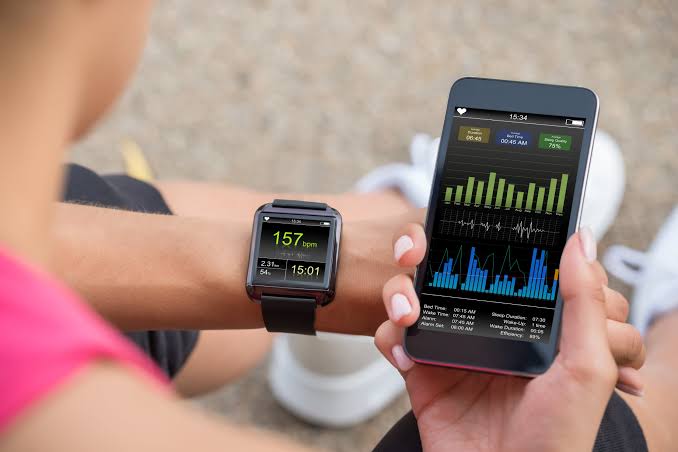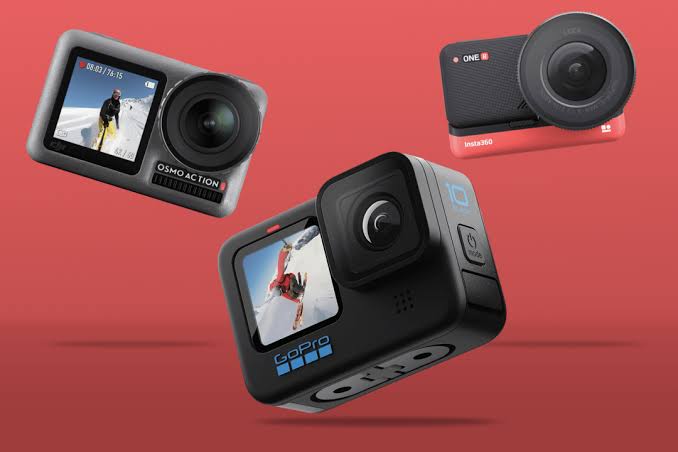In the digital age, technology has seeped into every aspect of daily life—including health and fitness. As of mid-2025, a wide array of gadgets has been designed to monitor, motivate, and manage physical well-being. From wearable trackers to AI-driven workout platforms, these tools offer new ways to stay in shape, track progress, and live healthier lives. But while the benefits are clear, there are also potential downsides that need to be addressed.
Understanding how gadgets influence physical health requires a balanced look at both their positive impacts and the challenges they introduce. Used wisely, they can serve as powerful allies in achieving fitness goals and improving lifestyle habits.
Positive Effects of Health and Fitness Gadgets
1. Real-Time Health Monitoring
One of the most important contributions of gadgets to physical health is the ability to monitor the body in real time. Devices like smartwatches, fitness bands, and smart rings now track metrics such as:
- Heart rate
- Blood oxygen levels (SpO₂)
- Sleep patterns
- Steps and distance
- Calorie burn
- Stress levels
This data helps users understand how their bodies respond to different activities and adjust behaviors accordingly. Some advanced models also alert users to irregular heart rhythms or suggest breathing exercises during periods of high stress.
2. Motivation Through Gamification
Fitness gadgets have turned exercise into an engaging game. Apps and devices often feature badges, rewards, streaks, and virtual challenges. This gamification keeps users motivated, especially for people who find it hard to stay consistent with workouts.
Social features add another layer by allowing users to share their progress, challenge friends, or join online fitness communities—all of which foster accountability and encouragement.
3. Personalized Workouts and AI Coaching
With the integration of AI, many gadgets now offer personalized workout routines based on user goals, fitness levels, and progress history. Smart mirrors, virtual trainers, and apps like Apple Fitness+, Peloton, and WHOOP Coach provide structured programs that adapt over time.
This makes professional-grade fitness support accessible from home, removing barriers like gym fees or scheduling issues. For beginners, it also reduces the intimidation factor of starting a new fitness regimen.
4. Better Injury Prevention and Recovery
Many gadgets now help users avoid overtraining or detect early signs of fatigue. Tools like the Oura Ring and Garmin smartwatches monitor recovery, heart rate variability, and sleep quality—allowing users to adjust workout intensity before injury occurs.
Moreover, physical therapy tools like smart resistance bands and recovery devices (such as Theragun or Normatec) use sensors and guided routines to improve rehabilitation outcomes and support muscular recovery post-exercise.
Challenges and Negative Impacts
1. Over-Reliance and Inaccurate Data
One major drawback is the risk of over-relying on gadgets for health insights. While they are useful, not all devices provide medical-grade accuracy. Misinterpretation of data can lead to anxiety or false confidence.
For example, a poorly calibrated heart rate monitor may report irregularities that cause unnecessary worry, while step counters can give misleading information depending on movement patterns. Users should remember that gadgets are guides—not replacements for professional medical advice.
2. Technology-Induced Sedentarism
Ironically, while fitness gadgets encourage movement, excessive use of digital devices in general promotes a sedentary lifestyle. Many people spend hours sitting with screens—working, gaming, or scrolling—which can lead to:
- Poor posture
- Weight gain
- Muscle stiffness
- Back and neck pain
Even with reminders to move, it takes conscious effort to break from screens and engage in regular physical activity.
3. Privacy and Data Concerns
Fitness trackers collect highly personal data, including health metrics, GPS location, and behavioral patterns. If not protected properly, this information can be exploited or shared without user consent.
In 2025, most major brands offer better data privacy controls, but users should still be cautious—reviewing permissions, using encrypted platforms, and avoiding devices that collect unnecessary information.
4. Mental Health Implications
Constant self-monitoring can create a sense of pressure or performance anxiety. Some users become obsessive about metrics, pushing themselves too hard or feeling guilty for not meeting daily goals.
This can lead to burnout, disordered exercise habits, or reduced enjoyment of physical activity. Striking a balance between motivation and mindfulness is essential for sustainable health progress.
Tips for Using Fitness Gadgets Wisely
To maximize benefits while minimizing drawbacks, consider the following guidelines:
- Set realistic goals – Use gadgets to support achievable objectives rather than perfection.
- Focus on trends, not daily fluctuations – Long-term patterns matter more than one-off readings.
- Stay active beyond workouts – Use standing reminders and movement breaks to offset sedentary hours.
- Use tech to support, not replace, intuition – Listen to your body alongside the data.
- Be mindful of screen time – Schedule tech-free periods for mental and physical decompression.
The Future of Health Tech
Looking ahead, health gadgets will likely become even more sophisticated. Emerging trends in 2025 include:
- Biosensor wearables that monitor hydration, glucose, and hormone levels
- Smart clothing with built-in posture correction and muscle activation sensors
- Mixed-reality fitness environments using AR and VR for immersive training
- Predictive health insights using AI to suggest diet, exercise, and recovery routines
These innovations will continue to personalize fitness and promote healthier lifestyles, but they will also require responsible usage and ethical considerations.
Conclusion
Gadgets have undeniably reshaped the way people approach physical health and fitness. They offer valuable insights, motivation, and convenience that empower users to take control of their well-being. However, like any tool, their impact depends on how they are used.
Balancing technology with mindfulness, movement, and rest is the key to long-term health. As fitness gadgets evolve, users must learn not only to track their progress but also to trust their instincts and prioritize sustainability over performance. When used with intention, these digital companions can support a more active, aware, and empowered lifestyle.



